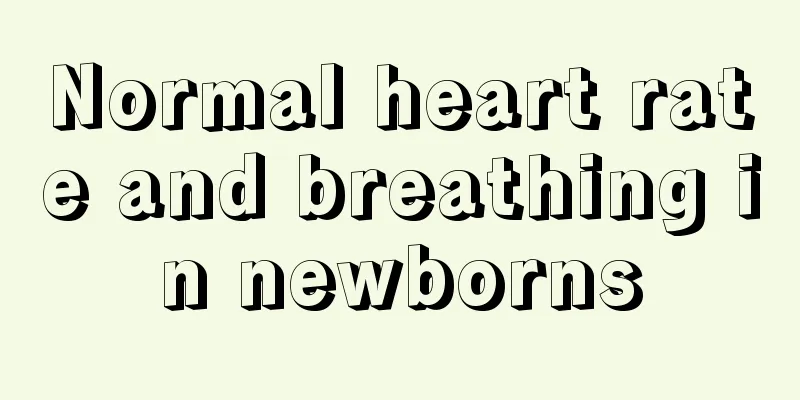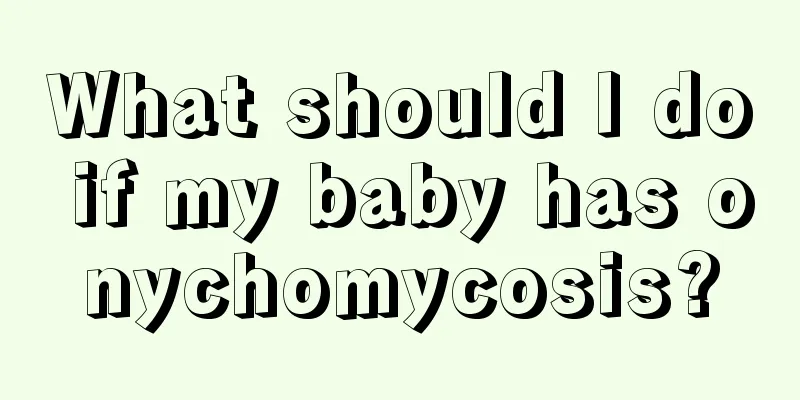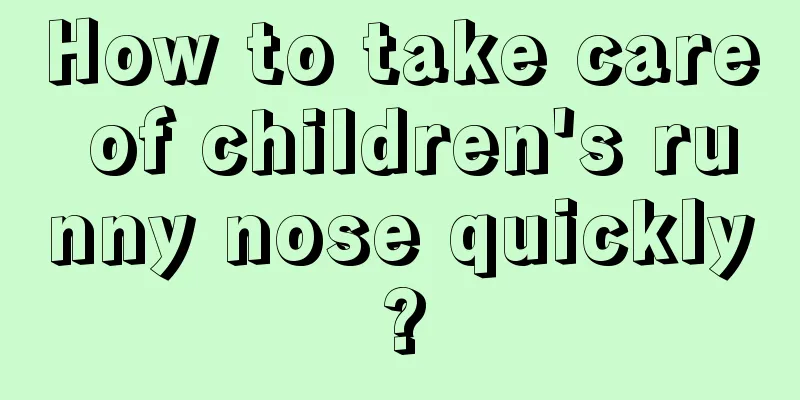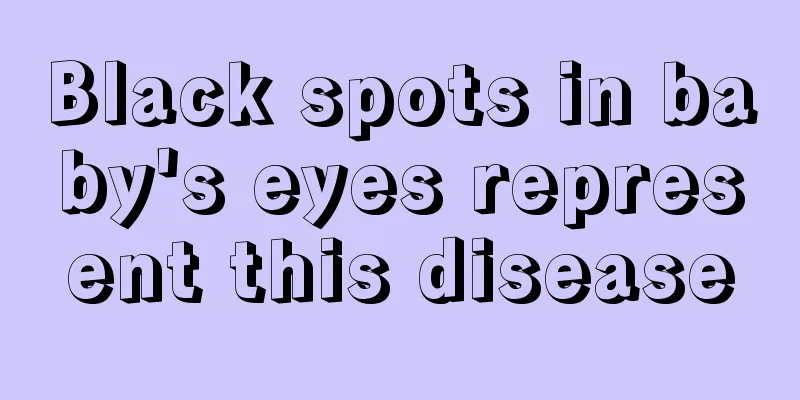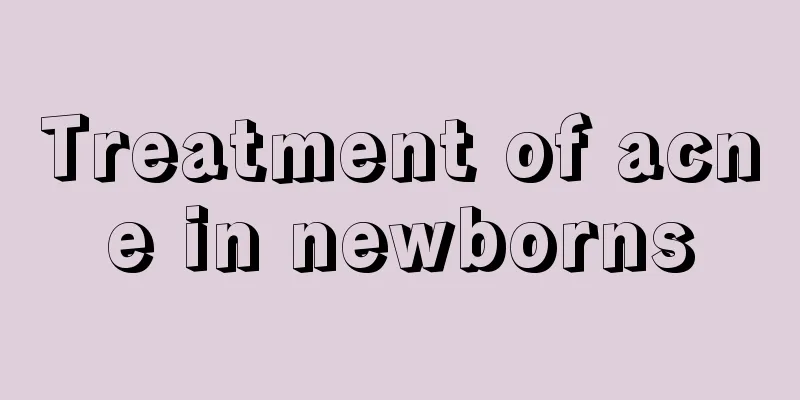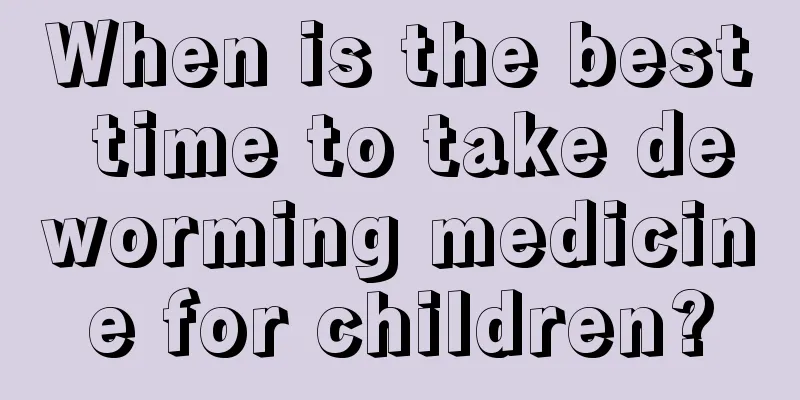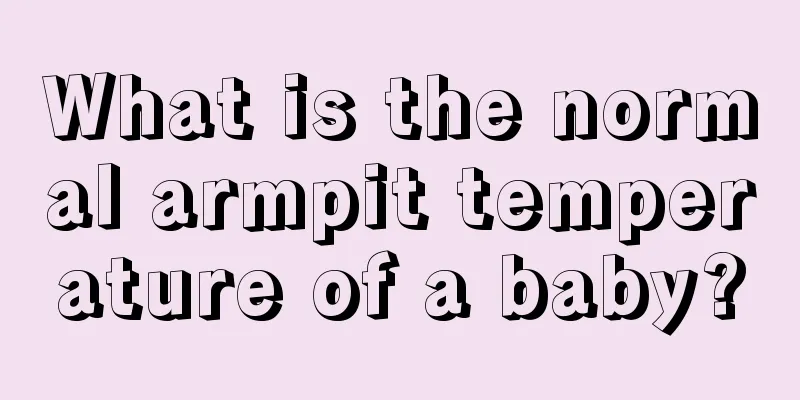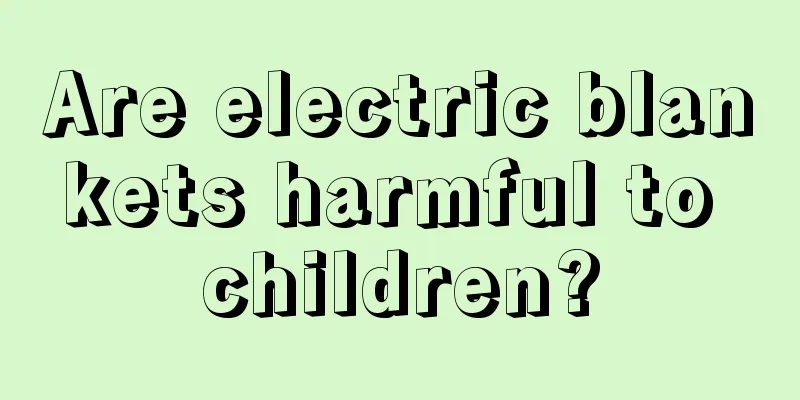What are the symptoms of infantile epilepsy?

|
Epilepsy is a common disease of the nervous system. Generally, the incidence rate is highest in infants under one year old, and the incidence rate decreases gradually thereafter. Many parents do not understand the early symptoms of epilepsy and are unable to judge whether some of their children's symptoms are symptoms of epilepsy. Below we will introduce to parents the symptoms of infant epilepsy. Everyone can learn more about them and know what to do when an epileptic seizure occurs.
Early symptoms of childhood epilepsy: The child's head sweats excessively during feeding and sleeping. Due to the stimulation of sweat, the child likes to shake his head. When you shake your head, the back of your head is rubbed, which can cause hair loss over time. In addition, the child is restless and easily awakened during sleep. 2. Grand mal seizures in children are also called generalized tonic-clonic seizures During a major seizure, there is sudden loss of consciousness, tonic-clonic convulsions all over the body, respiratory arrest, foaming at the mouth, twitching of the limbs, and may be accompanied by tongue biting and urinary incontinence. It lasts for 1 to 5 minutes, and you fall asleep after the twitching stops. After waking up, he had a headache and weakness, and had no memory of the attack.
Symptoms include short twitches or numbness and tingling in the corner of the mouth, eyelids, fingers, toes, or one side of the face and extremities opposite to the lesion. The twitching may sometimes spread from the fingers to the upper limbs and then to the opposite side. Symptoms last for more than a few minutes. There is no loss of consciousness during an attack. 4. Myoclonic seizures The children experience sudden, powerful, and rapid twitching of a muscle or muscle group. Some are local, while others can cause twitching of one or both sides of the limbs. Objects held in the hands may fall or be thrown out during the twitching. When the trunk muscles are affected, the patient may nod his head suddenly and frequently, bend over or lean back, or suddenly fall down when standing.
Absence seizures occur between the ages of 5 and 7, and are characterized by brief disturbances of consciousness that occur suddenly and stop suddenly, without tics. During an attack, the child will remain motionless, look slightly pale, suspend speech, be unable to hold objects with his hands, and sometimes become unsteady on his feet. The disease occurs frequently and the intelligence is normal. It usually lasts from 2 to 15 seconds. 6. Febrile convulsions Specific and common epilepsy syndromes in childhood. It is common in infants and young children aged 6 months to 3 years. These children have no neurological symptoms before the onset of febrile convulsions and are in good condition in all other aspects. When the child has a fever due to certain triggering factors and the body temperature reaches 38.5-40℃ or higher, the child may experience systemic convulsions. There are twitching all around, the eyeballs are rolled up, there is cyanosis around the mouth, the patient is unconscious, and sometimes there is incontinence. Simple febrile seizures last no more than ten minutes and occur only once on the first day of high fever, with no drowsiness after the seizure is relieved. Complex seizures last a long time, and one fever can cause two or more seizures. There is a clear genetic tendency for febrile convulsions. |
<<: Symptoms of convulsions in two-month-old babies
>>: What are the symptoms of calcium deficiency in children?
Recommend
What to do after children swim?
This summer is so hot that I can feel the burning...
What should I do if my child has bad eating habits?
Many children have bad eating habits, whether it ...
What are the medicines for oral ulcers in children?
Oral ulcers are very common in life. When we enco...
What to eat for children with allergic cough
We all grew up eating whole grains, so some disea...
Is there a lot of yellow and sticky eye mucus?
Generally, the metabolism of newborn babies is ve...
Children with rhinitis and runny nose
When most children have a runny nose, most parent...
Why does the baby always suck his lips?
Watching the baby grow up is the happiest thing f...
What to do if the baby's legs are not straight
If a child's legs are not straight, especiall...
What should I do if my baby can't crawl at 11 months old?
Many babies will start to learn to crawl after th...
At what age do children lose their teeth?
Children are the group that mothers pay the most ...
Massage for children with cold
Children are the backbone of their parents and th...
How to treat a baby who has a fever and keeps yawning
Children are very prone to getting sick, especial...
What should I do if my child's eyes are congested? Eat more of these foods
Bloodshot eyes are mostly caused by fatigue, but ...
What medicine should children take for severe indigestion?
When babies don’t like to eat, parents will force...
Symptoms of Down syndrome patients
Speaking of Down syndrome, I believe many friends...
